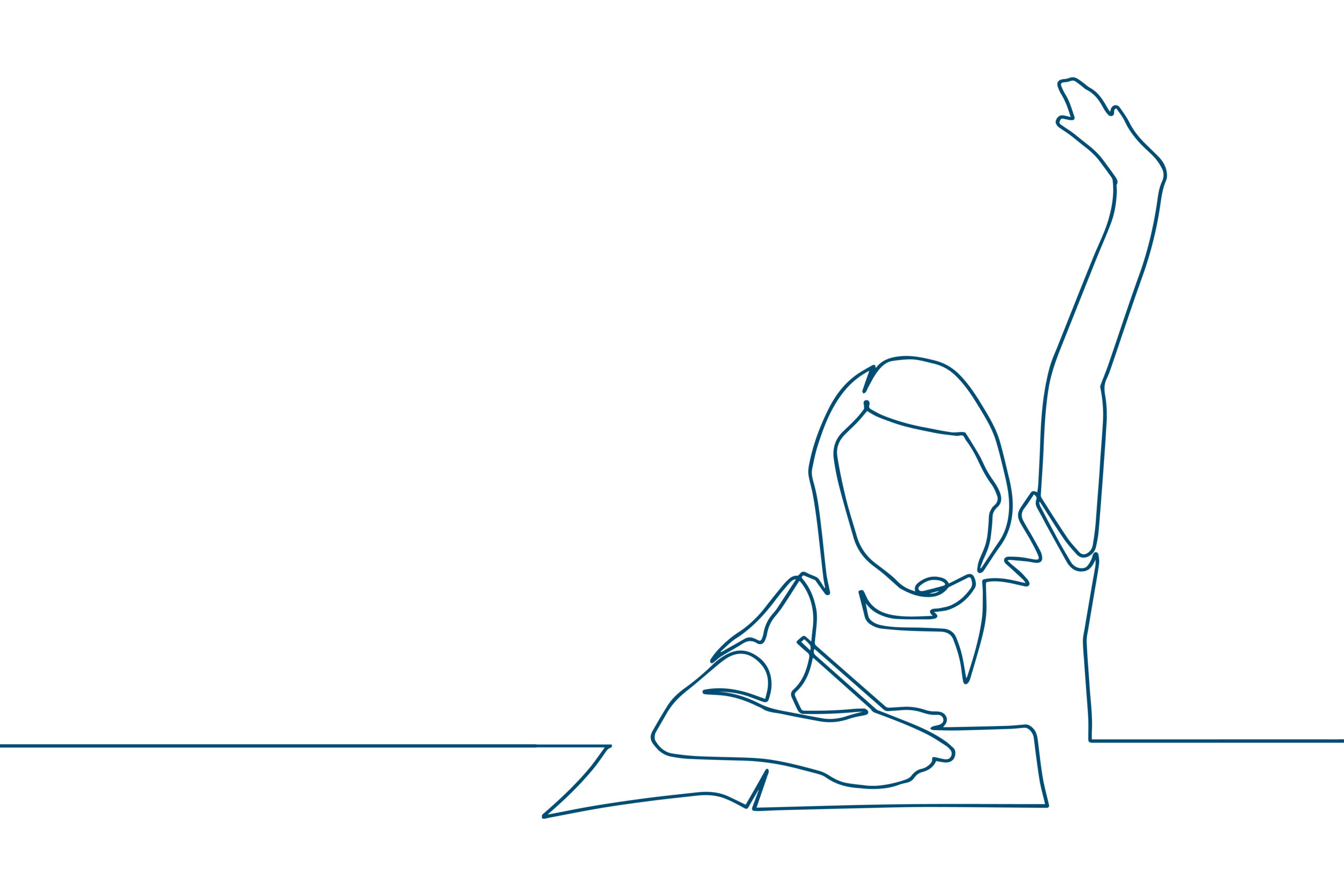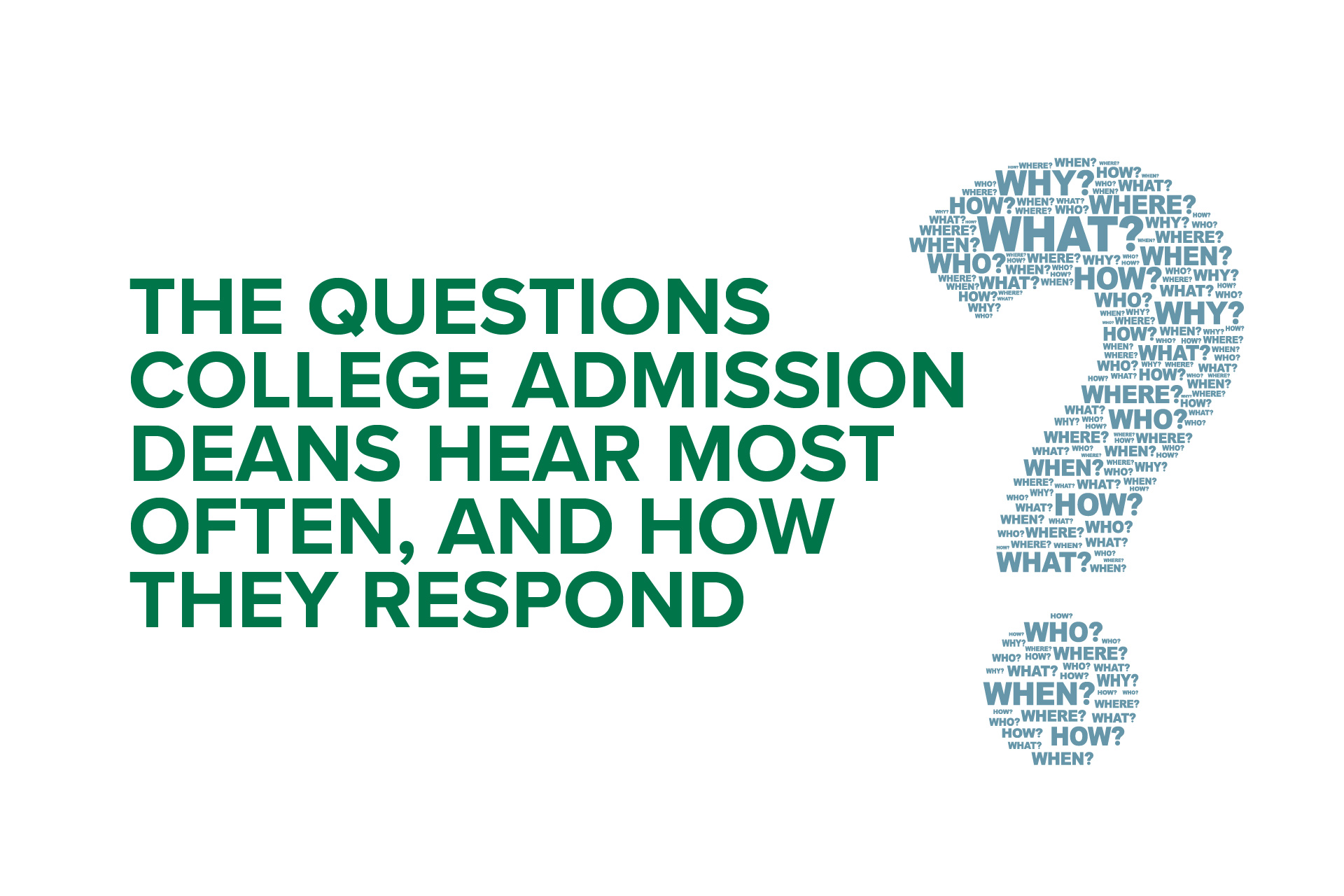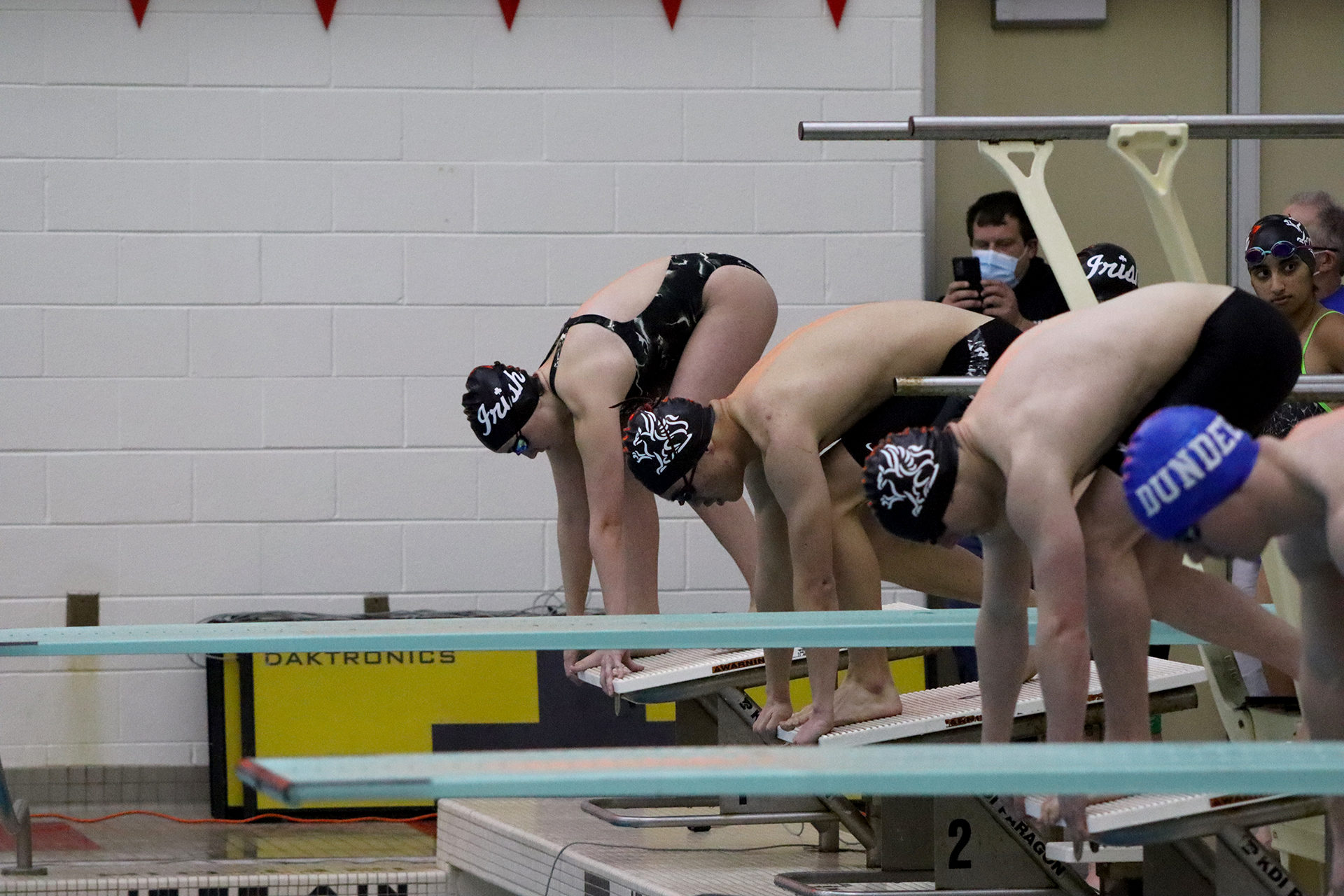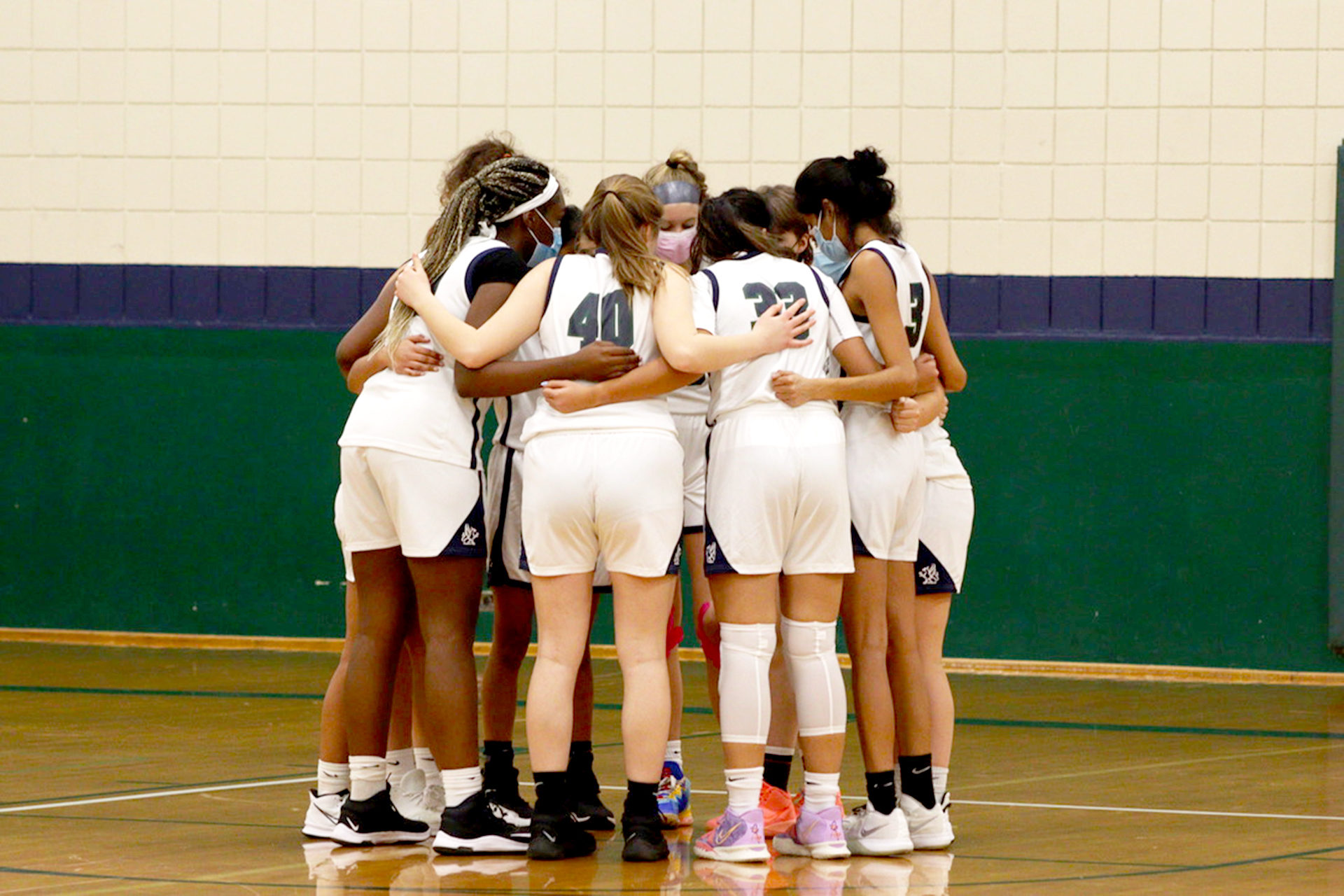7 Ways Greenhills Teachers Keep Students Engaged Every Day
 It’s been a strange two years; there’s no denying it. Schools closed, then opened, then flickered between open and closed, then eventually opened again. Courses were remote. Homework and tests worked differently than they ever had before. Overnight, it seemed like everything changed.
It’s been a strange two years; there’s no denying it. Schools closed, then opened, then flickered between open and closed, then eventually opened again. Courses were remote. Homework and tests worked differently than they ever had before. Overnight, it seemed like everything changed.
Except one thing: Greenhills students still came to class every day engaged and excited about what they were doing. Now that school is back in-person again, that excitement has remained. So we wondered: how does Greenhills do it? To find out, we asked some of Greenhills’ experts on teaching and learning: How do we make sure pupils stay engaged and excited? How does Greenhills keep students from phoning it in?
1. Create experiences for students
Classes, said Director of Teaching and Learning Jenna Goldenberg, should invite students to experience concepts in a variety of ways. In their classrooms, teachers at Greenhills strive to cultivate “deeper learning,” a complex goal of teaching and learning studied by Harvard education researchers Jal Mehta and Sarah Fine. Students experience deeper learning when three pillars intersect.
First, there’s mastery: helping students to think like professionals in a field. In science class, for instance, students can actually think like scientists. The seventh-grade year-long water quality study isn’t just academic; it’s a real scientific project. Then there’s identity: how does academic information connect to students themselves? How does it connect to the world around them? Finally, there’s creativity. By creating their own work based on what they’ve studied, students fully engage with what they’re learning — and can also demonstrate their mastery.
“They’re getting to take knowledge, and layer their interpretations on top of it,” Goldenberg said.
Head of Middle School Caroline Huntoon listed similar examples, in which focus on mastery and identity led to deeper student learning.
“The lab work that our science classes do — if you walk into those classes, there’s no question that there’s buy-in and engagement,” Huntoon said. “The conversations that students have in seventh-grade English, they talk about identity, and every book that they read, they tie that theme into it, and of course that’s a deeply personal thing. So students are able to connect to it in that deeply personal way, and hopefully that results in buy-in.”
2. Keep things fun — or even competitive
Caitlin Smead, Director of the Learning Center, said something intriguing: all kinds of students, from sixth grade all the way up to senior year, enjoy getting gold stars.
“Head-pats and stickers, literal or metaphorical, can really help with the engagement and student buy-in and keeping everyone in the moment,” Smead said.
Sometimes, she said, rewards can be self-managed: “once I finish this math assignment, I’ll give myself ten minutes on TikTok!” But regardless of who is giving rewards, they’re still effective.
School counselor Heidi Butz echoed the sentiment.
“We all have things we do where we are intrinsically motivated to participate, meaning the engagement is its own reward,” she said. “Some people are intrinsically motivated to learn US history or to play field hockey. But most of us can benefit from occasional extrinsic motivators around certain subjects or tasks.”
Extrinsic motivation is just one version of a common educational tactic: turning lessons into games or competitions. When students get their competitive juices flowing, engagement comes a lot more naturally.
Goldenberg recommended a related strategy: teaching lessons through debates or controversies. Based on research from the Stanford History Education Group, for instance, seventh grade history students study the Declaration of Independence through a charged question: was the Declaration of Independence about everyday peoples’ rights, or was it for the elites? Whose voices, if any, were absent from the document all together? Studying topics this way does two things at once. It gives students the agency to choose their answers, and also works as a competition, with students fully engaging with the material as they try to support their respective answers.
Strategies like this don’t just apply to humanities classes. “I’ve been in math classes where students work on a problem together, and there are multiple ways to solve that problem,” Goldenberg said. “There’s a discussion about what’s the best way to solve the problem, and students debate: ‘what are the different solutions that we can come up with?’”
3. Foster connections
This one seems intuitive: students will learn better from teachers who they enjoy and respect. Just as importantly, they’ll learn better, and stay more engaged and excited, when they know that teachers like and respect them.
“Our work fostering connection with students is really important,” Huntoon said. “That grows out of the way our small class sizes function, the way our advisory program works, how many students are involved in extracurricular activities and athletics outside of the school day. All of those elements are designed to promote connection.”
Those all work on a more macro level to help with building relationships: the very size and structure of the school encourages it. But faculty also work on a student-to-student level to cultivate the individual relationships essential to academic success.
“That’s something really magical about this place,” Goldenberg said. “Every teacher absolutely centers relationships and belonging, which is a prerequisite to any type of engagement in any type of learning.”
One way to do that, Huntoon said, is to make sure students understand that school isn’t just a teacher talking into a void: each individual student is also an important part of the work. One lesson doesn’t fit all. Each class and each student will learn in different ways, and teachers can work to engage with various students’ learning styles.
“Students are a critical component of the learning process,” Huntoon said. “We remind them: you are sitting in this room, and because you are here, we’re building this information and understanding together.”
4. Give students ownership over their own learning
Huntoon and Goldenberg both emphasized that students aren’t simply receptacles for information. Rather, they’re active participants in education — or at least, they should be. By allowing students to seize active roles in their own learning, teachers give students the chance to learn in the way that most excites and engages them.
In sixth grade, for instance, Greenhills students complete a project on UNESCO sites. The key element, though, is that each student gets to choose their own UNESCO site to study, based on whatever criteria they want.
“That centers a student’s identity in a way that’s going to make them dig deeper into a subject, and can also contribute to the learning of the whole class,” Goldenberg said.
“There’s a lot of research-based strategies around choice,” Huntoon echoed. “We know that choice really prompts student engagement.”
Related to choice, of course, is the idea that students should try many different things, so that they have the chance to find their passions while also experiencing what it’s like to do something that’s not a passion. Passions are important, but just as important is discovering information about oneself.
“I hope that every middle schooler has a moment of feeling like it isn’t all working,” Huntoon said. “When they’re thinking, ‘Oh, I don’t feel competent at this moment, and I know how to handle it.’ Or ‘I’m going to learn how to handle it right now.’”
In other words, not everything a student tries is going to instantly become a lifelong passion. Just as important as finding what students love to do is realizing how they got there, what it takes to sustain a deep interest in an activity, and which activities and classes they’re actually interested in pursuing. By taking ownership over their own education, students not only get to choose their own directions and interests; they also get to learn from the experience of starting an activity or subject from the beginning and slowly but surely working their way forwards.
5. Help students externalize tasks
On a day-to-day level, Smead said, it’s important to focus on the nuts and bolts: how students make their way through a series of tasks.
Smead spends most of her time helping students address specific learning challenges, but she cites research that is applicable to all students. She has two main recommendations for externalizing tasks: making lists and using timers.
Making a list can be as simple as writing down what your homework is each day. But it can also get more detailed. Sometimes, for instance, a project is so multifaceted and complex that a student might have no idea where to even start. But a task-by-task list can work wonders for organizing one’s thoughts into an actionable plan. In seventh-grade history, students design and play board games based on historical events. At the beginning, the assignment probably seems incomprehensible. But if the first two items on your list say “pick characters from First Continental Congress” and “make timeline of Revolutionary War,” the project has suddenly gone from rapidly swirling thoughts to manageable, concrete steps.
Using timers, Smead says, helps students stay focused and engaged. “Timers work in a couple of ways,” she said. For one, a timer going off can remind a student what they’re doing, since it’s all too easy for attention to wander. Timers can also help students track how far they’ve progressed. If a teacher assigns five math problems and says they should take about 20 minutes total, but the 20-minute timer goes off just as a student is finishing problem number two, it’s probably a sign that they’re overworking, or that they can streamline their process.
6. Give students time to reflect
Another research-based strategy that Smead recommends is taking time, especially before an exam or major assessment, to look back on what students have accomplished. That reflection can involve making a study plan or looking back on how one succeeded in the past, but even the simple act of reflection itself is helpful.
“Research shows that just that process alone improves their score,” Smead said. “Midterms can feel really big and scary, but when they’re saying ‘oh, but I already have an 88 in the class, and here’s what I’ve done to get that score,’ all of a sudden it feels more manageable. It encourages a little bit of stamina and right-sizing stress.”
The key, Smead says, is to avoid “catastrophizing,” or assuming that the worst-case scenario is coming true. It’s all too easy for students to worry that they’re going to fail a math test. But if they look back over their coursework and realize that they’ve actually done well on every math test they’ve taken, the fear of failure can become a lot less immediate and paralyzing.
Reflections before exams can also allow students to remember past triumphs, think back to what those triumphs took to achieve and how it felt to succeed, and pull together what they need to do the same thing again.
“It’s really important to reflect on progress,” Smead said. “Things feel hard in the moment. It’s hard to remember how far you’ve come. So, if students take that time to look back on their September selves and celebrate every small win and victory, that can be really propelling.”
7. Make sure assignments serve a purpose
When Greenhills went virtual during COVID, the school stopped assigning homework in middle school.
“We recognized that students were spending so much of their day on a screen already,” Huntoon said. “We didn’t want to add to that.”
Now that school is back in-person again, homework has returned — but it’s different than it used to be. Greenhills has always looked closely at the value and role of homework, but after a year of mostly virtual school, teachers are re-evaluating each assignment on their syllabus. Does it help build on work done in class? Do students understand what it’s for? Or is it just a chore?
Eliminating homework for a year, Huntoon said, led teachers to realize that some things actually work better when they’re done, or even started, in class.
“At the very least, starting homework in class can help with a lot of false starts,” Huntoon said.
Teachers have worked to make homework assignments more purposeful. As Huntoon said, “compliance never leads to engagement.” No student is going to get excited about what they’re learning if the only reason they’re doing it is “because they told me I had to.”
Sometimes, of course, homework is necessary. In English class, it’s important to read chapters of a book at home before coming into class the next day to discuss them. When homework is necessary, students should understand why.
“What is that homework serving?” Huntoon said. “If you’re going to assign homework, you want to make sure students understand what it is and why you’re doing it. Sometimes it’s necessary to advance our work together, but I always want students to understand why we’re asking them to do something.”
By James Schapiro, Communications and Athletics Information Coordinator





